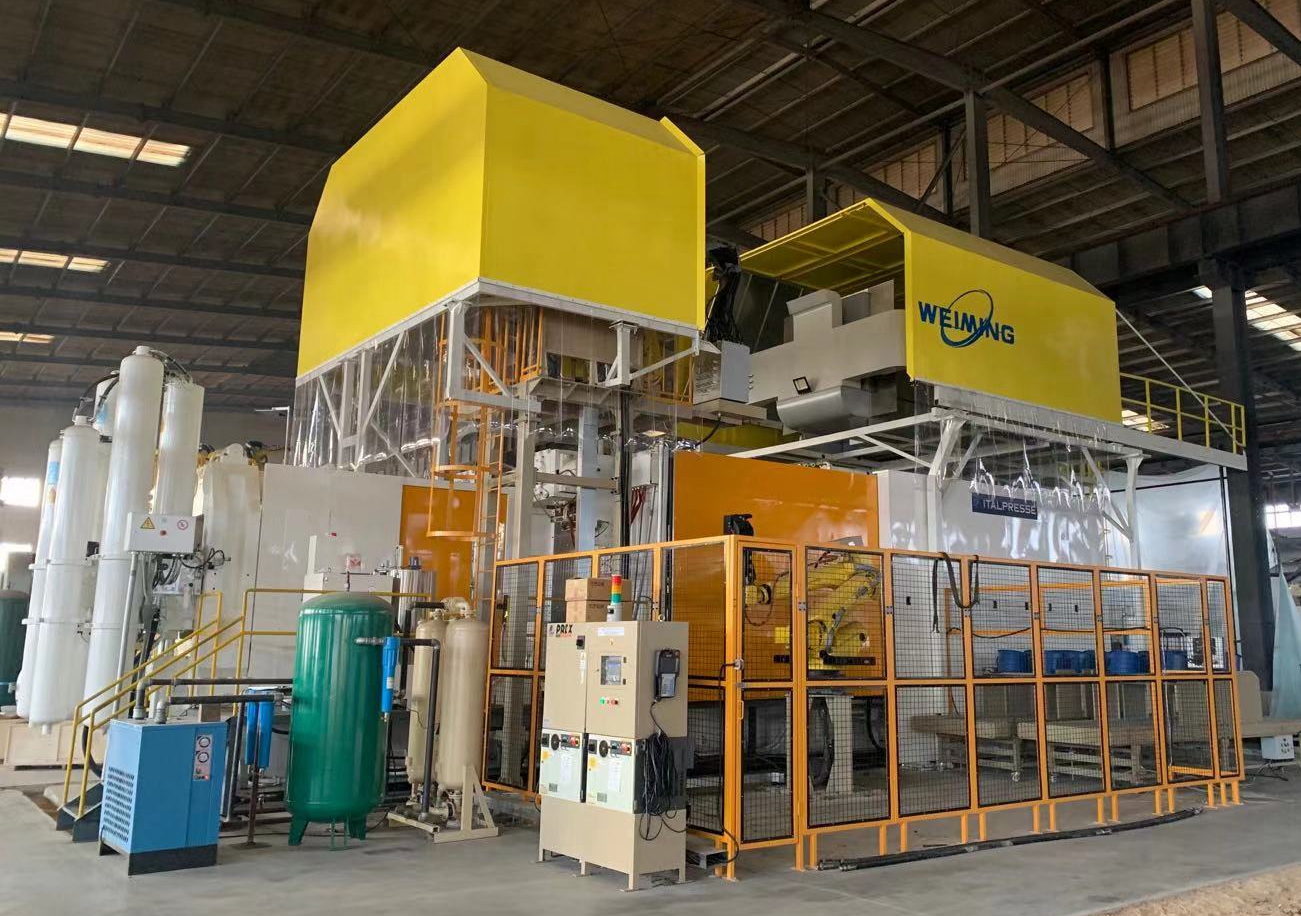Understanding Die-casting
Die casting is the method of producing metal components in which molten material is poured or forced into the mold cavity under extreme pressure. It can create complex-shaped metals with precisions and smooth finishes. Because of its effectiveness and capacity for creating intricate shapes, die casting is widely used in various industries.
Die Casting Process
Die casting manufacturing starts by injecting molten metal alloys into a die or mold. Mold design and manufacturing are key components of the die-casting process. The mold cavity is produced by two hardened/tempered steel or cast-iron dies machined to match the part’s net shape.
Pressure die casting involves injecting molten metal into the die cavity at high pressures and speeds, whereas low-pressure die-casting molds and gravity die-casting molds are filled at a much slower pace.
Advantages of Die-Casting
High Precision
This process can produce elements with excellent dimensional accuracy and smooth finishes, which are essential for quality and consistency.
Short Production Time
Due to its quick cycle times, it enhances overall productivity, making it ideal for mass-producing parts.
Extended Tool Life
Durable mods and furnace locations are critical elements of die casting where the material is melted, ensuring the metal remains at the optimal melting temperature for injection. That contributes to reduced long-term costs and increased manufacturing efficiency.
Material Versatility
Several materials with their own unique features can be cast via this process, like aluminum die-casting. It is lightweight and its corrosion-resistant features make it suitable for various applications. For instance, in automotive applications, both strength and precision are critical.
Surface Quality
Die-casting manufacturing provides a smooth surface finish that often requires minimal post-processing, reducing additional costs.
Dimensional Stability
This process ensures the parts maintain their dimensions over time for perfect fitting and assembly.
Disadvantages of Die-Casting
High Initial Setup Cost
The cost of die-casting equipment and molds is substantial, making it less economical for small businesses or custom projects.
Safety Concerns
Molten metals must be handled with stringent safety measures, including protective equipment and proper training, to prevent accidental injuries.
Potential Defects
It often causes issues like porosity and incomplete fills that can affect the structural integrity of the final parts. Therefore, additional quality control measures like inspections and machining are necessary.






